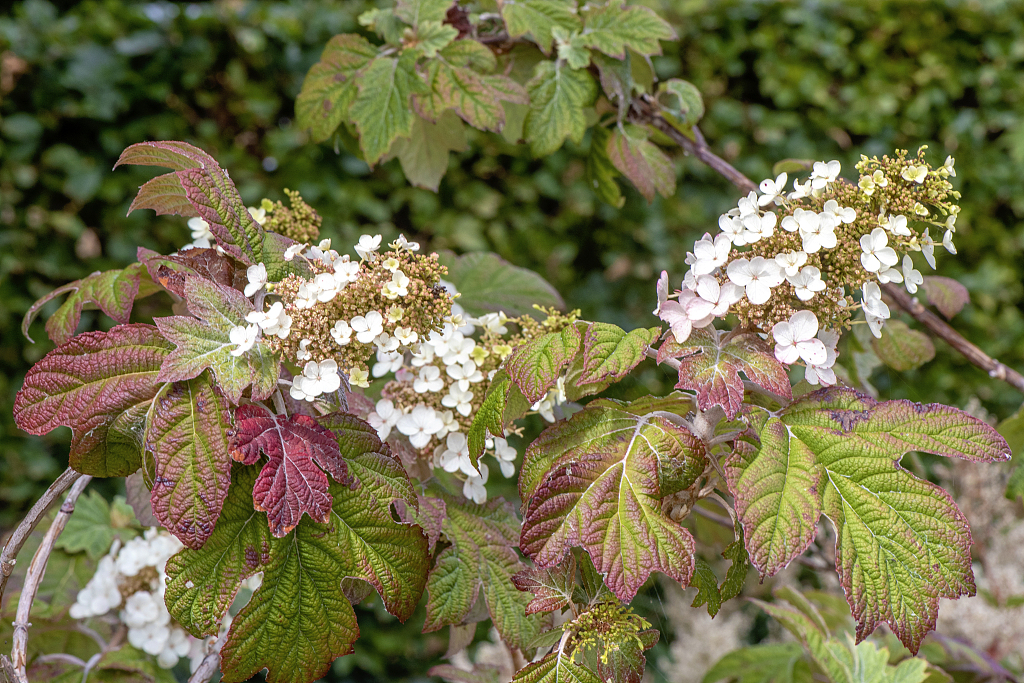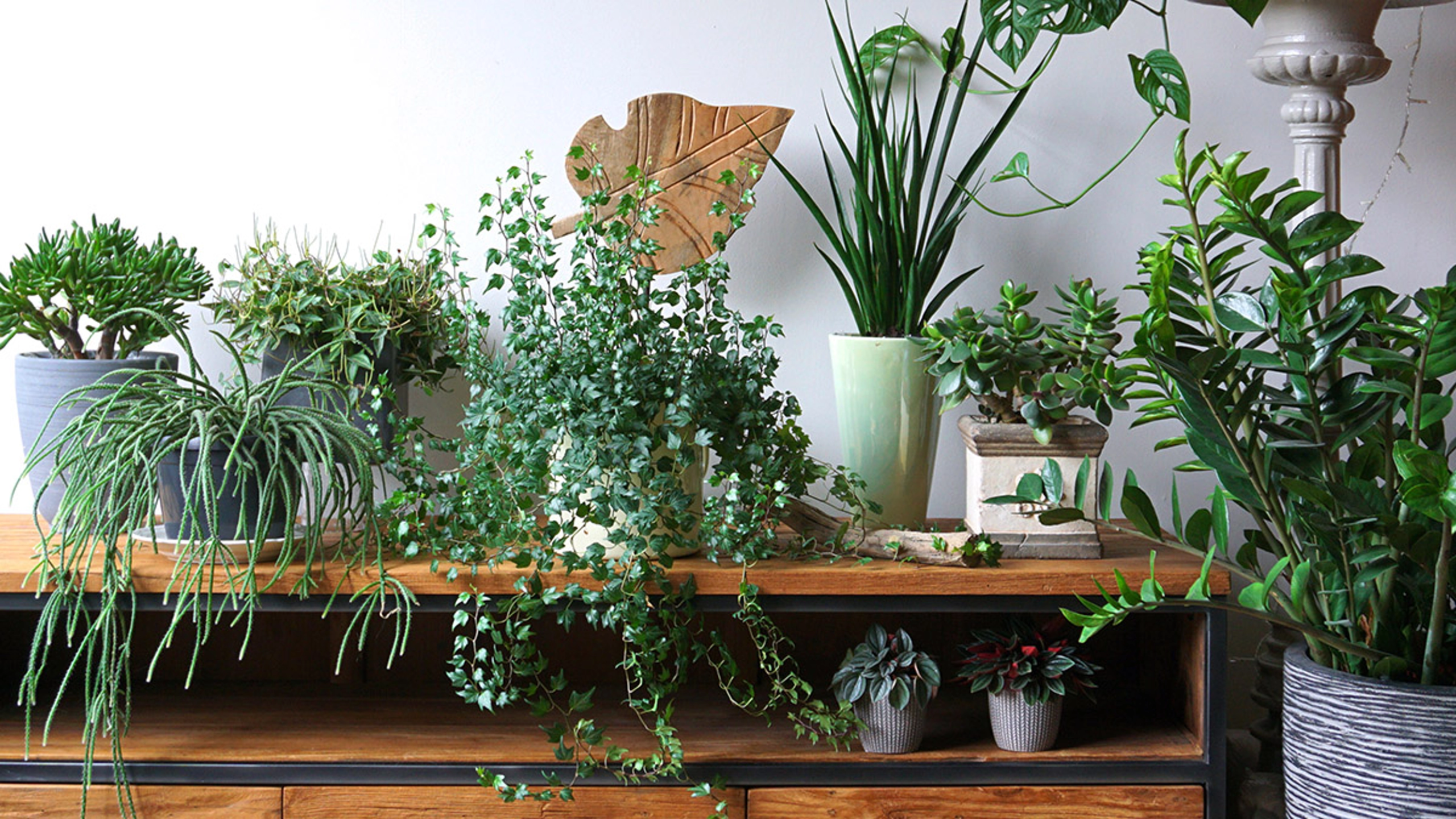Collaborating With Nature – Integrating Hydroponics at Home
In an era where sustainable living and food security are becoming increasingly vital, hydroponics emerges as a revolutionary gardening technique that allows enthusiasts to cultivate plants without soil. Integrating hydroponics at home not only maximizes space but also enhances plant growth while conserving water. This innovative approach empowers individuals to grow fresh herbs, vegetables, and fruits right in their kitchens or backyards, regardless of climate or soil quality. In this article, we will explore the fundamentals of hydroponics, the benefits of home gardening, essential components and systems, as well as practical tips for maintaining a thriving hydroponic garden. Join us on this journey to collaborate with nature and embrace a sustainable lifestyle.
Collaborating With Nature – Integrating Hydroponics at Home
Introduction to Hydroponics: What It Is and Why It Matters
Hydroponics is like the cool cousin of traditional gardening; it doesn’t need soil, but it still grows marvelous plants right under your nose. Essentially, it involves growing plants in a nutrient-rich water solution, allowing for greater control over their environment. This method not only maximizes nutrient uptake but also minimizes pests and diseases. As urban areas expand and arable land shrinks, hydroponics presents a feasible solution to food production, helping you to grow your own greens, no matter the size of your home (or your gardening expertise!).
Understanding Hydroponics: A Brief History
Believe it or not, hydroponics is not just a trendy hipster fad; it has roots stretching back to ancient civilizations. The Babylonians might have rocked some early versions of hydroponics with their Hanging Gardens, and the Aztecs perfected it with floating gardens called chinampas. Fast forward to the 20th century, and scientists began to take note, developing modern systems that made soil optional. So, when you’re harvesting those delicious tomatoes, remember – you’re actually participating in a centuries-old tradition!
The Science Behind Soil-less Gardening
So, why ditch the dirt? Hydroponics allows for more efficient nutrient absorption. In traditional gardening, nutrients in the soil can be unevenly distributed or locked away from plants. In a hydroponic setup, nutrients are delivered directly to the roots in the water, ensuring every plant gets its fair share. This means healthier plants that can access everything they need without the hassle of digging around for nourishment. It’s like a fast-food drive-thru for your plants, but much healthier!
The Benefits of Hydroponic Gardening at Home
Space Efficiency: Optimizing Small Areas
Living in a shoebox-sized apartment? No problem! Hydroponics is the ultimate space-saver – you can grow fresh herbs, veggies, and more in the tiniest of corners. Vertical systems, wall-mounted setups, or even countertop gardens can fit almost anywhere, turning your kitchen into a mini farm. Who knew you could use that empty wall for more than just a collection of motivational cat posters?
Water Conservation and Sustainability
If you’re the kind of person who feels guilty every time you water your plants (don’t worry, we’ve all been there), hydroponics might just ease your conscience. Traditional gardening can use a staggering amount of water due to evaporation and runoff. In hydroponics, water is recirculated, meaning you use a fraction of what you’d normally need. Plus, growing your food at home reduces your carbon footprint. Mother Earth would give you a high-five if she could!
Healthier Plants and Faster Growth Rates
Hydroponically grown plants often outpace their soil-bound buddies in terms of growth. With their roots bathed in nutrient-rich water, they can reach maturity faster, allowing you to enjoy the fruits (or veggies) of your labor sooner. Plus, without the soil, you’re less likely to deal with pests and diseases. Think of it as a luxury spa stay for your plants – they’re more likely to thrive when they’re pampered!
Essential Components of a Home Hydroponic System
Growing Medium Options
While hydroponics doesn’t require soil, it still needs a growing medium to support the plants. Options like rock wool, clay pellets, coconut coir, and perlite each have their benefits and drawbacks. Rock wool retains moisture like a sponge, while clay pellets provide good aeration. The right choice depends on your own plant preferences and how well you like to get your hands dirty (or not).
Water and Nutrient Delivery Systems
Without a reliable delivery system, your hydroponic dreams could turn into a watery nightmare. There are various methods, like drip systems, nutrient film techniques, and deep water culture setups—all designed to efficiently deliver a balanced mix of water and nutrients to your plants. To put it simply, think of it like the ultimate delivery service for your leafy friends. No more waiting in line at the grocery store for organic kale!
Lighting Requirements for Indoor Hydroponics
Unless you’re growing your hydroponic garden in a sun-drenched greenhouse (lucky you!), adequate lighting is crucial for indoor setups. Supplementing natural light with grow lights helps your plants thrive and can make even the most lackluster corner glow with green potential. From fluorescent to LED options, the right lighting will set the mood for a happy, photosynthesizing paradise.
Types of Hydroponic Systems for Beginners
Nutrient Film Technique (NFT)
Imagine a water slide for plants! The Nutrient Film Technique continuously flows a thin film of nutrient-rich water over the roots, ensuring they get all the goodies they need. This system is great for leafy greens and herbs and is relatively low-maintenance, making it perfect for beginners who want to dip their toes into hydroponics without risking their entire garden.
Ebb and Flow Systems
The ebb and flow system is the ultimate party trick in hydroponics. It works by periodically flooding a growing tray with nutrient solution and then draining it back into the reservoir. This gives plants the chance to absorb nutrients while also getting a nice oxygen treatment. It’s like a spa day for your roots; what’s not to love?
Deep Water Culture (DWC)
If you want to get deep (pun intended), look no further than Deep Water Culture. In this system, plants are suspended in a nutrient-rich oxygenated water solution. It’s an efficient method that promotes rapid growth and is particularly well-suited for larger plants like tomatoes or peppers. Just be prepared to give your plants some TLC, as the roots will need to be monitored closely to keep them happy and healthy.
Now that you’re equipped with the knowledge to get started, it’s time to embrace the magic of hydroponics and transform your home into a flourishing oasis. Your future self (and your tastebuds) will thank you!# Collaborating With Nature – Integrating Hydroponics at Home
Choosing the Right Plants for Hydroponics
Best Vegetables for Hydroponic Gardening
When it comes to choosing vegetables for your hydroponic adventure, you want to pick those that are more than just pretty faces. Leafy greens like lettuce, spinach, and kale are the rockstars of hydroponic gardening. They grow quickly and thrive in water-rich environments. Other solid choices include cucumbers, peppers, and tomatoes, which are like the Swiss Army knives of your veggie patch: versatile and impressive. Just remember, not all vegetables are created equal—root vegetables (looking at you, carrots and potatoes) tend to throw a tantrum in hydroponic setups.
Herbs and Greens: Quick Harvest Options
Herbs are the fast-food of the hydroponic world—quick to grow and perfect for sprucing up your meals. Basil, cilantro, chives, and mint can turn your kitchen into a fragrant paradise. Plus, they’re a delight to have on hand for that impromptu pesto night! As for greens, arugula and mustard greens add a kick of flavor and can be ready to harvest in as little as three weeks. Talk about instant gratification!
Fruit-bearing Plants: What to Consider
Ah, the juicy rewards of fruit-bearing plants! While you can grow strawberries, tomatoes, and peppers in hydroponics, they do come with a few caveats. Fret not; you can get your fruit fix! Just know that these divas require more love and attention—think pollination support (yes, you may need to channel your inner bee) and extra light for proper fruit development. Also, keep in mind that fruiting plants often take longer to mature, so patience is key, my friend!
Setting Up Your Home Hydroponic Garden
Location and Space Considerations
Finding the right spot for your hydroponic garden is as crucial as choosing the right pair of shoes—comfort is key! Look for a space with good natural light, or where you can easily set up grow lights. Don’t forget to consider your water source and drainage, too. Ideally, you want a spot that won’t have you doing the Hydroponic Shuffle every time you need to refill your nutrient solution. And remember, even a small balcony can be transformed into a thriving hydroponic oasis!
Step-by-Step Setup Guide
- Choose Your System: From deep water culture to nutrient film technique, there are plenty of options. Pick one that suits your style (and your dietary goals).
- Gather Your Supplies: You’ll need a reservoir, a growing medium (like clay pebbles or rock wool), your plants, and the nutrient solution. It’s like prepping for a DIY project but with fewer splinters!
- Assemble Your Hydroponic Unit: Follow the instructions like they’re a recipe. Don’t worry; it usually doesn’t involve any weird ingredients like snail snot or unicorn hair.
- Add Water and Nutrients: Fill your reservoir with water and mix in the nutrients. Think of it as making a fancy smoothie for your plants.
- Plant Away: Place your seedlings in the growing medium and let the hydroponic magic begin!
Budgeting for Your Hydroponic System
Alright, let’s talk money. Setting up a hydroponic system can range from a budget-friendly DIY kit to a high-tech wonderland of gadgets. Start by setting a budget range that makes you feel comfortable (and not like you just bought a yacht). Factor in costs for your system, plants, nutrients, lights, and any tools you might need. Remember, investing in quality equipment can save you headaches down the line—like the time you forgot to water your cactus (oops).
Maintenance and Troubleshooting in Hydroponics
Regular Monitoring and Adjustments
Your hydroponic garden is not a “set it and forget it” type of gig. Regular monitoring is essential to keep everything thriving. Check the pH levels (between 5.5 and 6.5 for most plants), nutrient concentration, and water levels. If your plants start looking a bit droopy or yellow, don’t panic! A quick adjustment can often work wonders. Think of it as plant therapy—because even plants need a little TLC sometimes.
Common Problems and Solutions
Oh, the drama of gardening! Some common issues include nutrient deficiencies, pest infestations, and root rot. If your plants look like they attended a rager, take a closer look. Yellow leaves? Might need more nitrogen. Sticky stems? Pests have crashed the party! The best course of action is to tackle problems as they arise. After all, nobody likes a drama queen in their garden.
Seasonal Considerations for Hydroponic Systems
Even hydroponic systems aren’t immune to the seasons. In winter, you may need extra grow lights to compensate for the lower sunlight. In summer, keep an eye on water temperatures—hot water is a no-go for your roots. Be prepared to adjust your watering and feeding schedules based on the season, just like you swap out your wardrobe when the weather changes. Cozy sweaters in winter, tank tops in summer—easy!
Future Trends in Hydroponics and Sustainable Gardening
Technological Innovations in Hydroponics
The hydroponics world is buzzing with innovation! From automated systems that remind you when to water (cue the high-tech plant butler) to advanced nutrient delivery systems, technology is taking hydroponics to new heights (literally). Who knows, in the future, you might even be growing in space! Ah, the dreams of intergalactic salads.
The Role of Hydroponics in Urban Farming
As cities grow, so do the opportunities for urban farming—and hydroponics is leading the charge. Using limited space effectively means that even the smallest rooftops can host abundant gardens. Add in vertical farming, and you have a green revolution happening right in the heart of the concrete jungle. It’s like the nature version of “if you build it, they will come,” only with cucumbers instead of baseball fields.
Connecting with Community and Resources
Finally, don’t forget that you don’t have to go it alone! Join local gardening clubs, online forums, or social media groups dedicated to hydroponics. Sharing tips, troubleshooting issues, and even trading plants can create a supportive community. Remember, every great hydroponic gardener knows that collaboration is key—even if it’s just swapping stories of that one romaine that went rogue!As we’ve explored in this article, integrating hydroponics into your home gardening routine offers a unique opportunity to grow fresh produce while promoting sustainability and efficiency. Whether you’re a seasoned gardener or a complete beginner, hydroponics can transform your approach to cultivating plants and enhance your connection with nature. By following the tips and techniques outlined here, you can successfully create your own hydroponic garden, reaping the rewards of homegrown food and a greener lifestyle. Embrace this innovative method, and watch as your gardening skills flourish alongside your plants. Happy growing!
Frequently Asked Questions (FAQ)
- Do I need a lot of space to set up a hydroponic system at home?
No, hydroponic systems are highly adaptable and can be set up in small spaces, such as apartments or balconies. Many systems are designed to be compact, allowing you to grow a variety of plants without requiring a large area. - What types of plants are best suited for hydroponic gardening?
Leafy greens, herbs, and certain fruiting plants are ideal for hydroponics. Common choices include lettuce, spinach, basil, and strawberries. These plants thrive in hydroponic systems due to their relatively short growth cycles and adaptability to soil-less growing conditions. - How much maintenance does a hydroponic system require?
While hydroponic systems generally require less maintenance than traditional gardens, they still need regular monitoring of nutrient levels, pH balance, and water quality. Routine checks and adjustments will help ensure your plants remain healthy and productive. - Can I grow hydroponic plants outdoors?
Yes, you can grow hydroponic plants outdoors if the climate is suitable. Outdoor hydroponic setups can benefit from natural sunlight and fresh air, but it’s essential to protect your plants from extreme weather conditions.



